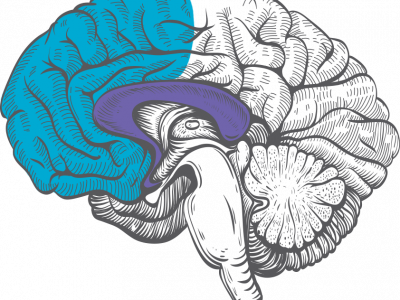Trauma Triggers

The prefrontal cortex (the thinking brain) controls the amygdala (the primitive brain) in all situations other than trauma. During a traumatic event, the amygdala takes over, and the goal becomes survival. Automatic, life-saving responses highjack the thinking brain, forcing it to choose between flight, fight or freeze. This response happens involuntarily.
If the sexual abuse occurs more than once and over time, the strong, primitive responses of fight, flight or freeze are repeatedly triggered. Sometimes, a child is left constantly looking for signs of potential threat and ready to choose flight, fight or freeze at a moment’s notice
Trauma triggers are reminders of the traumatizing event, and they can be almost anything: sounds, smells, articles of clothing, places or people who remind the child, consciously or unconsciously, of an abuse event. Triggers can cause memories to suddenly surface. When a trigger suddenly brings a memory to mind, the child may feel emotions identical to the ones experienced during the abuse and may choose to:
- Regress to an earlier developmental stage
- Throw tantrums
- Become clingy
- Masturbate or initiate sex acts with toys or other children
- Begin bed wetting
- Withdraw
- Damage property
- Become sexually promiscuous
- Run away
- Engage in self-injurious acts or delinquent behavior
Triggers may also initiate a flashback, which is the feeling that the event is currently happening. During a flashback, the child’s primitive brain may automatically take control to deal with what is perceived to be reality. When this happens, the child will choose flight, fight or freeze. One good response is to help the child regain a connection with the environment. For example, you might say, “Look at the sky. See the birds? Can you hear them?” Don’t be surprised if it takes a while to reconnect. Keep trying. Do not address behavior and emotions until the child is reconnected.
One good response is to help the child regain a connection with the environment. For example, you might say, “Look at the sky. See the birds? Can you hear them ?” Don’t be surprised if it takes a while to reconnect. Keep trying.
In Crisis?
FLORIDA : Florida Council Against Sexual Violence
Crisis Hotline : 1.888.956.RAPE (7273)
UNITED STATES : RAINN (Rape Abuse Incest National Network)
Crisis Hotline : 1.800.656.HOPE (4673)
Lauren’s Kids is a 501(c)(3) nonprofit organization, tax I.D. number 26-1252588. Read our Privacy Policy. View A Guide to Hope and Healing references. Visit LaurensKids.org to learn more.
©2021, LAUREN’S KIDS. ALL RIGHTS RESERVED.

